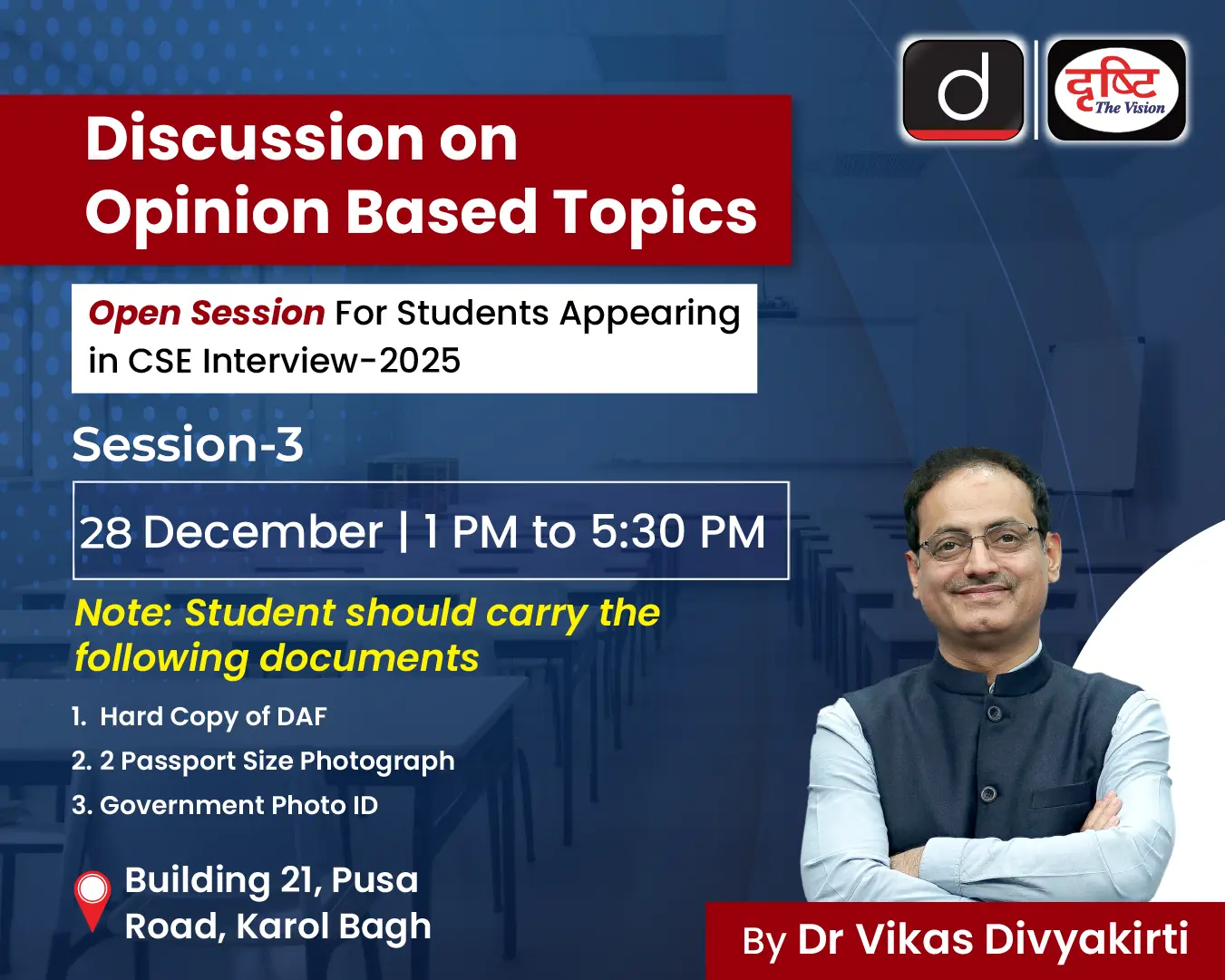-
27 Aug 2022
GS Paper 3
Economy
Day 48: Millets are often referred to as Superfood and their production can be seen as an approach for sustainable agriculture and a healthy world. Discuss. (250 Words)
Approach
- Introduce by stating 2023 is declared as International Year of Millets.
- Discuss how millet will ensure sustainable agriculture and a healthy world.
- Mention the steps taken by Government of India to boost millet production.
- Conclude suitably.
Answer
The year 2018 has already been declared as the National Year of Millets and Government of India had proposed to United Nations for declaring 2023 as International Year of Millets (IYOM). The proposal of India was supported by 72 countries and United Nation’s General Assembly (UNGA) declared 2023 as International Year of Millets.
Millets are often referred to as Superfood and its production can be seen as an approach for sustainable agriculture and a healthy world. Multidimensional benefits associated with millets can address the issues related to nutrition security, food systems security, and farmers’ welfare.
Further, many unique features linked with millets makes them a suitable crop which is resilient to India’s varied agro-climatic conditions.
Millets are often referred to as Superfood and their production can be seen as an approach to sustainable agriculture because
- Climate Resilient Crop: As Millets are resistant to climatic stress, pests and diseases, this makes them a sustainable food source for combating hunger in the changing world climate. Further, millets are not water or input-intensive, making them a sustainable strategy for addressing climate change and building resilient agri-food systems.
- Nutritional Security: Millets are high in dietary fiber, nutri-cereals are a powerhouse of nutrients including iron, folate, calcium, zinc, magnesium, phosphorus, copper, vitamins and antioxidants. They are not only important for the healthy growth and development of children but have also been shown to reduce the risk of heart disease and diabetes in adults. Millets, gluten free and low glycemic index food are good for diabetic people and can help to combat cardiovascular diseases and nutritional deficiency.
- Economic Security: Millets can be grown on dry, low-fertile, mountainous, tribal and rain-fed areas. Moreover, millets are good for the soil, have shorter cultivation cycles and require less cost-intensive cultivation. Given these features, low investment will be needed for production of millets and thus can prove to be a sustainable income source for farmers.
Subdued Use of Millets
- Green Revolution: With the Green Revolution, the focus was on food security and high-yielding varieties of wheat and rice. An unintended consequence of this policy was the gradual decline in the production of millets. Further, the cost incentives provided via MSPs for wheat and rice discouraged production of millets.
- Increased Demand for Processed Food: In parallel, India saw a jump in consumer demand for ultra-processed and ready-to-eat products, which are high in sodium, sugar, trans-fats and even some carcinogens. With the intense marketing of processed foods, even the rural population started perceiving mill-processed rice and wheat as more aspirational.
- Double Burden: This has led us to the double burden of mothers and children suffering from micronutrient deficiencies and the astounding prevalence of diabetes and obesity.
Steps Taken by the Government
- Increase in MSP: The government has hiked the MSP of Millets, which came as a big price incentive for farmers. Further, to provide a steady market for the produce, the government has included millets in the public distribution system.
- Input Support: The government has introduced provision of seed kits and inputs to farmers, building value chains through Farmer Producer Organisations and supporting the marketability of millets.
- Integration Approach: The Ministry of Women and Child Development has been working at the intersection of agriculture and nutrition by setting up nutri-gardens, promoting research on the interlinkages between crop diversity and dietary diversity and running a behaviour change campaign to generate consumer demand for nutri-cereals.
As the government sets to achieve its agenda of a malnutrition-free India and doubling of farmers’ incomes, the promotion of the production and consumption of nutri-cereals seems to be a policy shift in the right direction.





